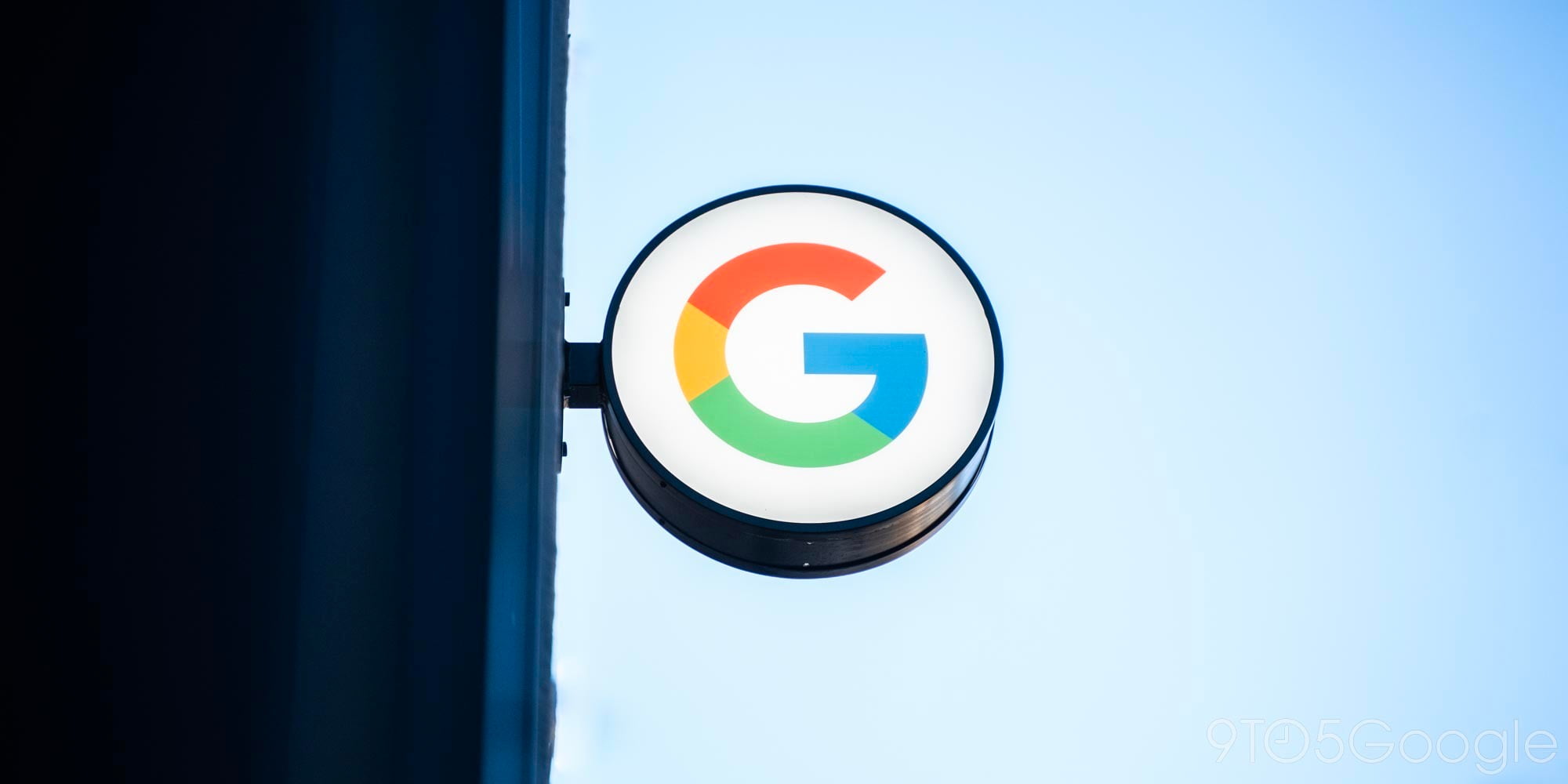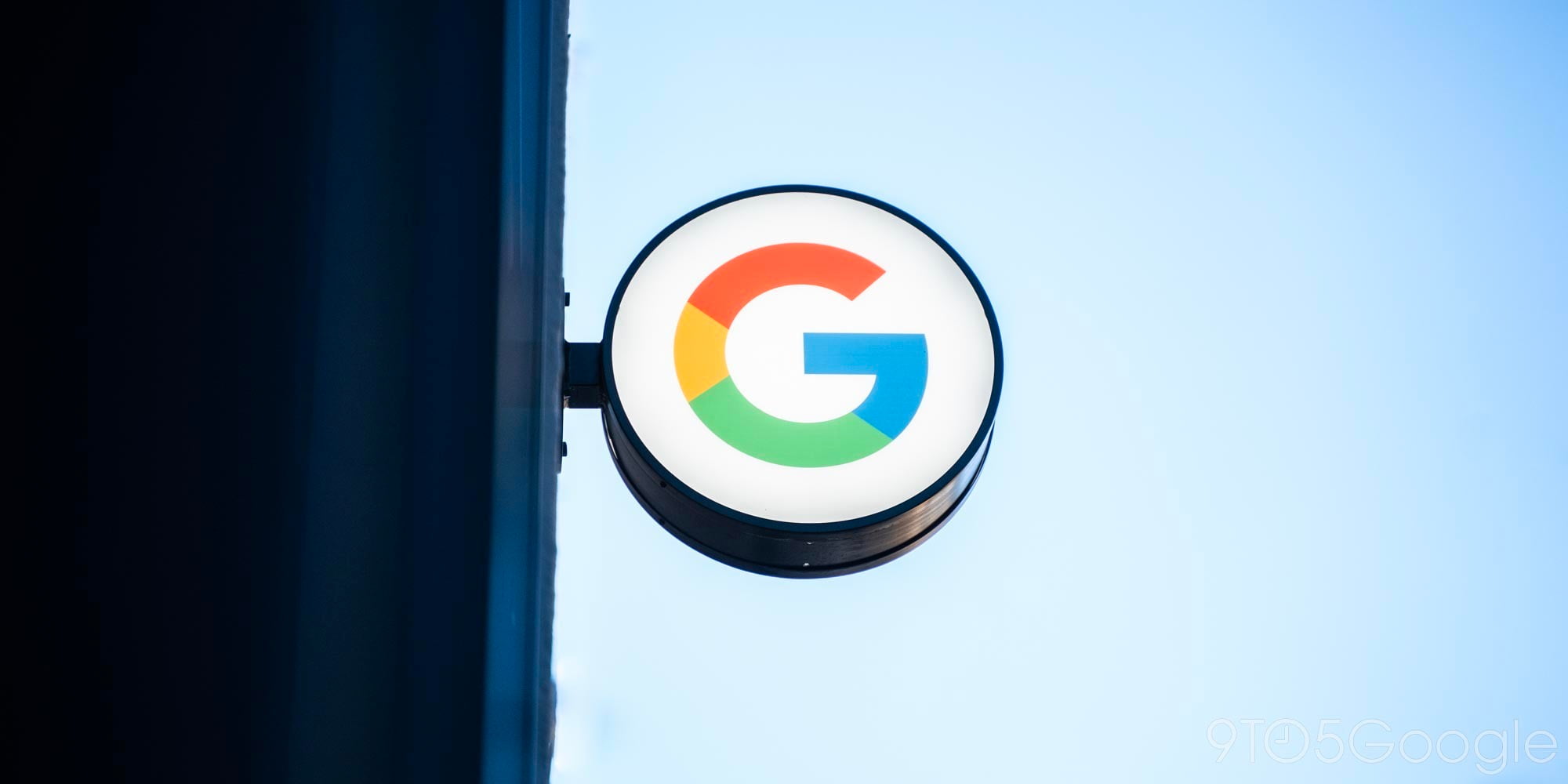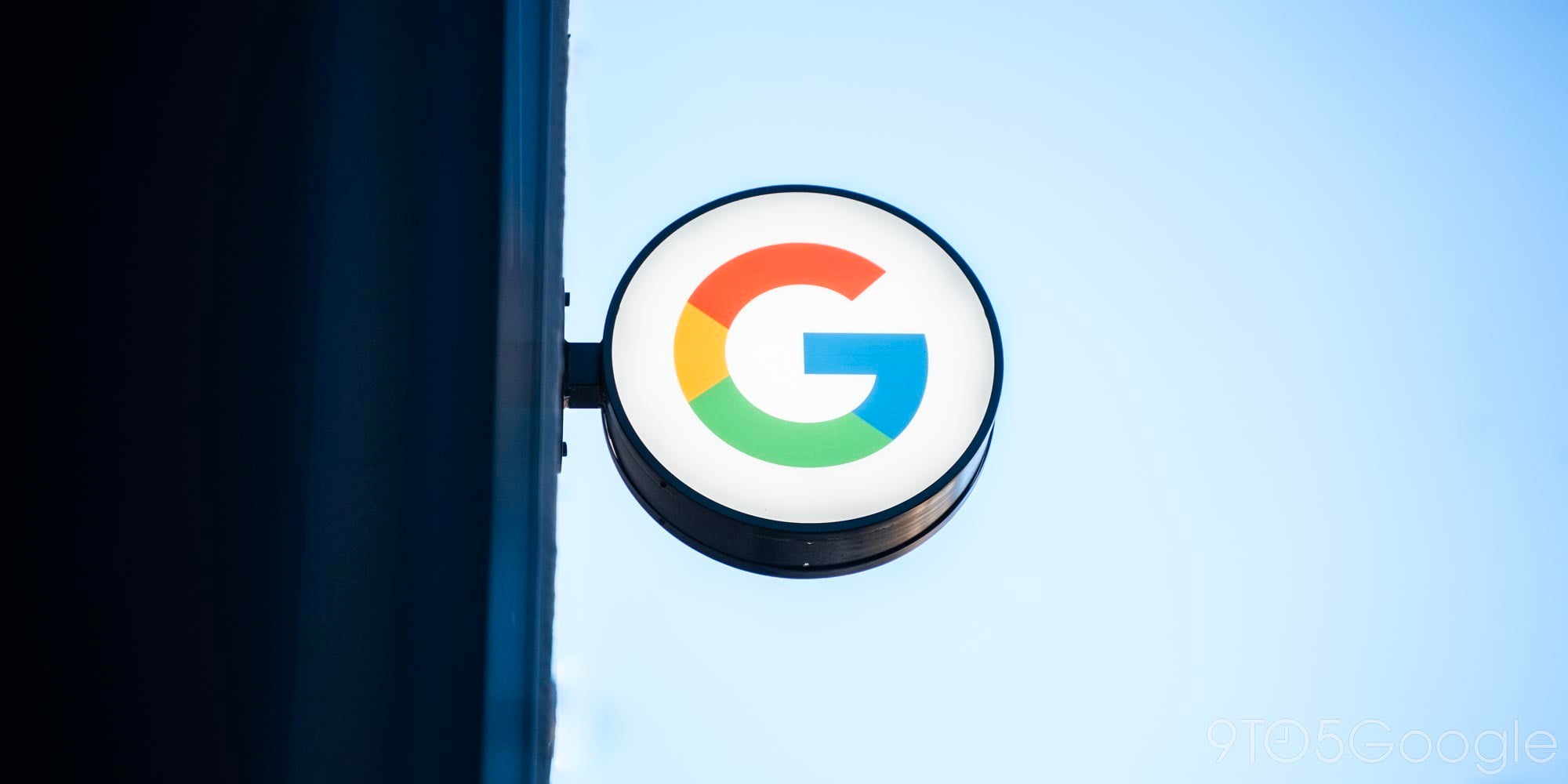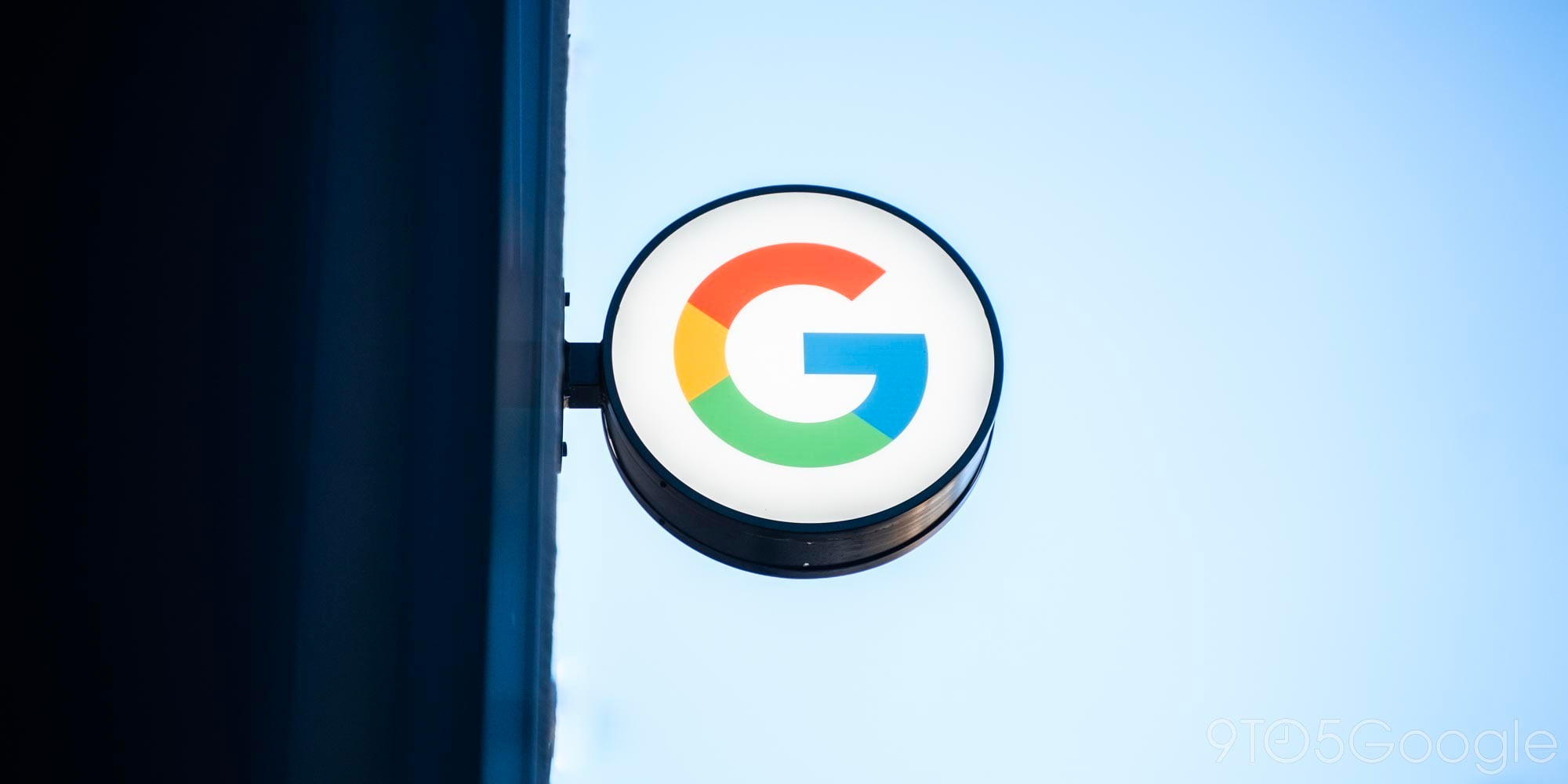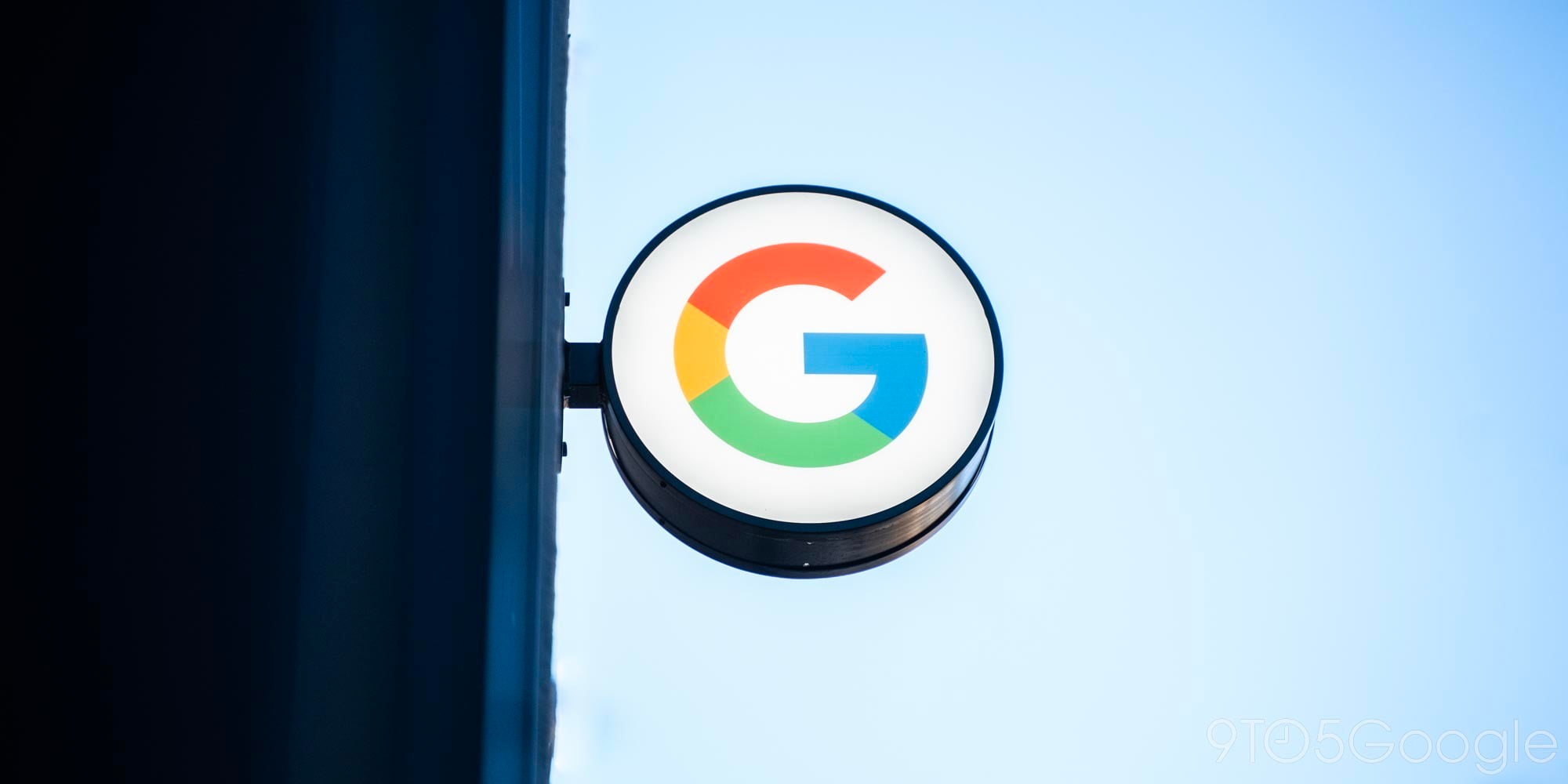
While online content continues to develop, grow and become increasingly complex and media-rich, Google has been working to keep it fast and efficient. Last September it announced a new compression algorithm called Brotli which the company claims can get between 20-26% higher compressions ratios over its previous algorithm, Zopfli.
Googler, Ilya Grigorik announced on his G+ page that Brotli has reached ‘intent to ship’ status, which means it’s rolling out very soon to your Chrome browser.
Once widely rolled out, it won’t just see desktop pages load quicker, it should see mobile devices using less data and less power. Customers using an Android phone on a prepaid, or postpaid plan with a low data limit could benefit.
It’s worth noting that Brotli is currently restricted to HTTPS connections, but has seen some significant savings in html, javascript and css:
Advantages:
-
Brotli outperforms gzip for typical web assets (e.g. css, html, js) by 17–25 %.
-
Brotli -11 density compared to gzip -9:
-
html (multi-language corpus): 25 % savings
-
js (alexa top 10k): 17 % savings
-
minified js (alexa top 10k): 17 % savings
-
css (alexa top 10k): 20 % savings
If you’re using Chrome Canary, Google’s beta/developer version of Chrome, you can access a Brotli demo link via chrome://flags#enable-brotli. Google hopes that other browsers will support the new Brotli format in the near future, although so far, only Mozilla Firefox has given any public indication of its plans to do so.



